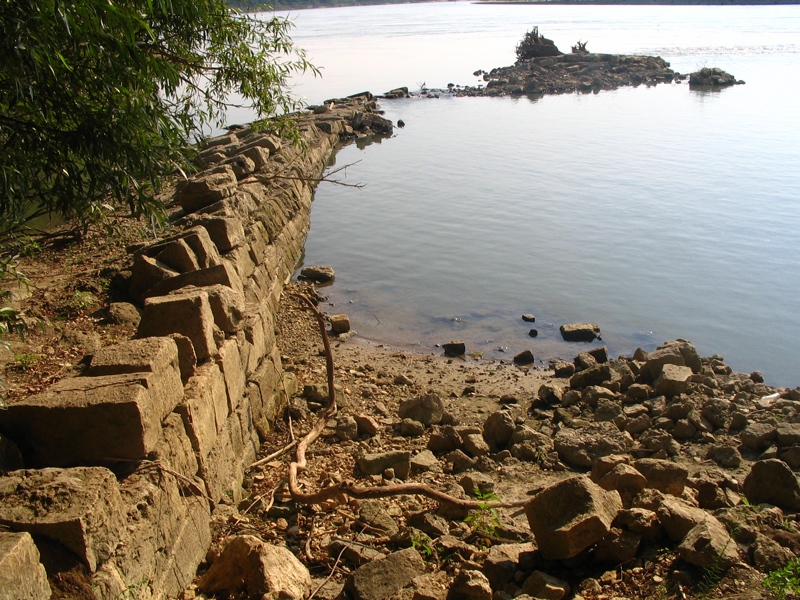

It was built between the years 969 – 976, during the reign of the Byzantine emperor Ioan Tzimiskes, being a solid construction, the only fortress of the Byzantine Empire from Europe, which stood by the passing of time.
In 976, after the death of the emperor Ioan Tzimiskes, the Byzantine reign from the south of Dobrogea was resolved violently by the Bulgarians, but came back around the year 1000; the proofs of living in the citadel are obvious.
Vicina, built immediately after 971, initially occupied a surface of 5 – 6 hectares and probably had a trapezoidal shape.
The historians certify the fact that in time it had the role of a custom house and a defense citadel, from Dobrogea. The Vicina Citadel represented the house of the imperial war float and a military garrison.
The durability of the citadel’s walls was given by a special technique used during the construction, named the wooden sub-construction, which was used because of the citadel’s position on an alluvial land.
The walls were built from shaped stone blocks, the gate from the northern side, having obvious Byzantine influences.
Following some archeological researched started in 1956, there were discovered a few complexes extremely important. On the Eastern side, there is situated a jetty with sea walls, berths, etc., having the width of 24 m and being restricted by two rectangular towers; a large gate of 4 meters; a building with apse.
Throughout the times, the Byzantine citadel passed through a growing economical period, especially between the centuries XIII – XIV, but in the years 1421 – 1422, its activity had been stopped, the reasons not being known until today.
Currently, there is seen 10-15% of the citadel, and in the 50 years, it was visible in a proportion of approximately 25%. The water affects it more and more, and by the works executed in time on the Danube, the erosion process was accelerated. Solutions for the recovery and for the inclusion of the antique citadel in a tourist circuit there are, but this thing would necessitate an enormous financial effort.
Păcuiul lui Soare, the Danube island on which the Vicina citadel is situated, one of the most important tourist objectives from the sea side area, is situated at 9 km downstream from Ostrov. Păcuiul lui Soare means history, nostalgia, beach and wilderness, being perfect for the people who search quietness.
The access on the island is possible only with the help of the locals who own boats, and the camping is prohibited.
